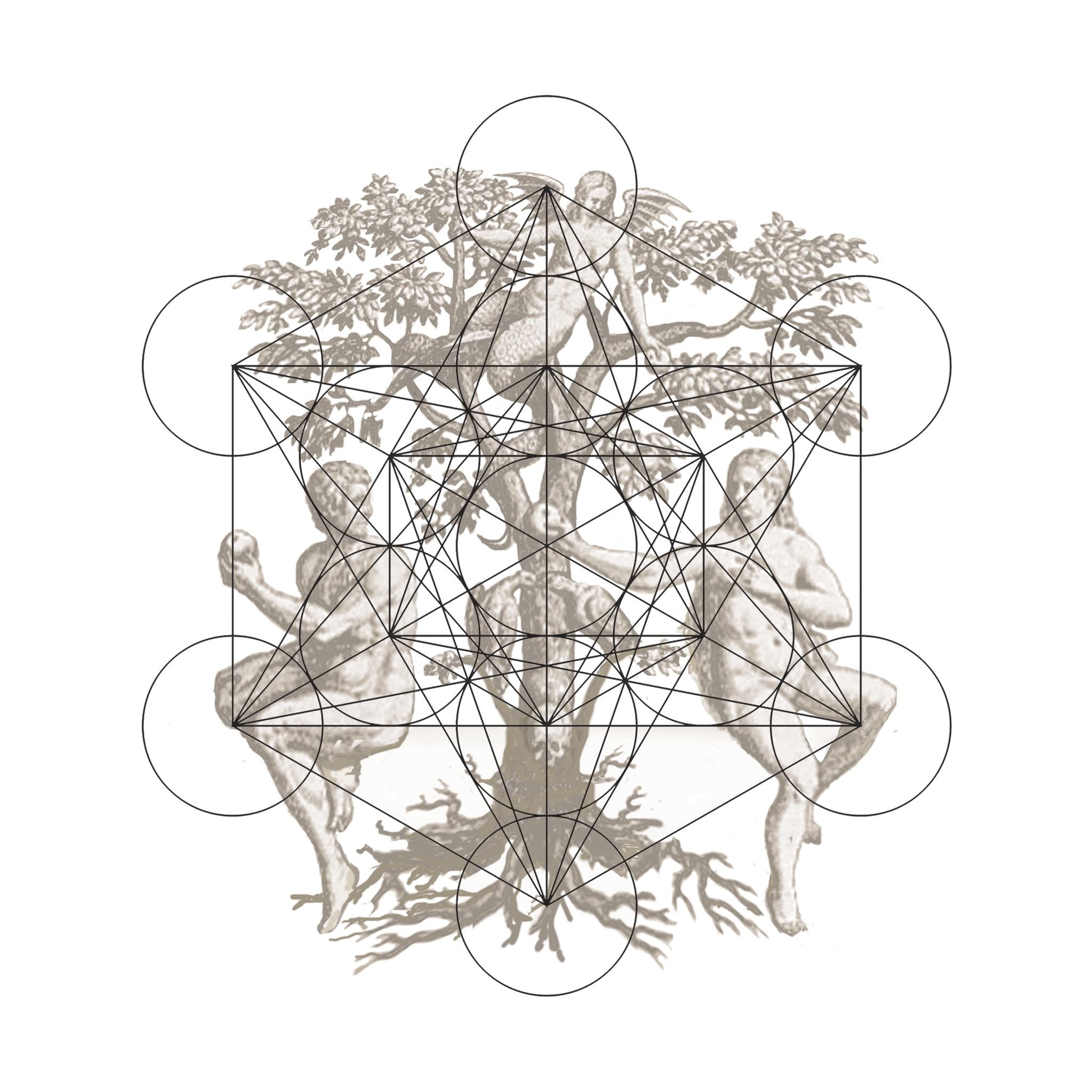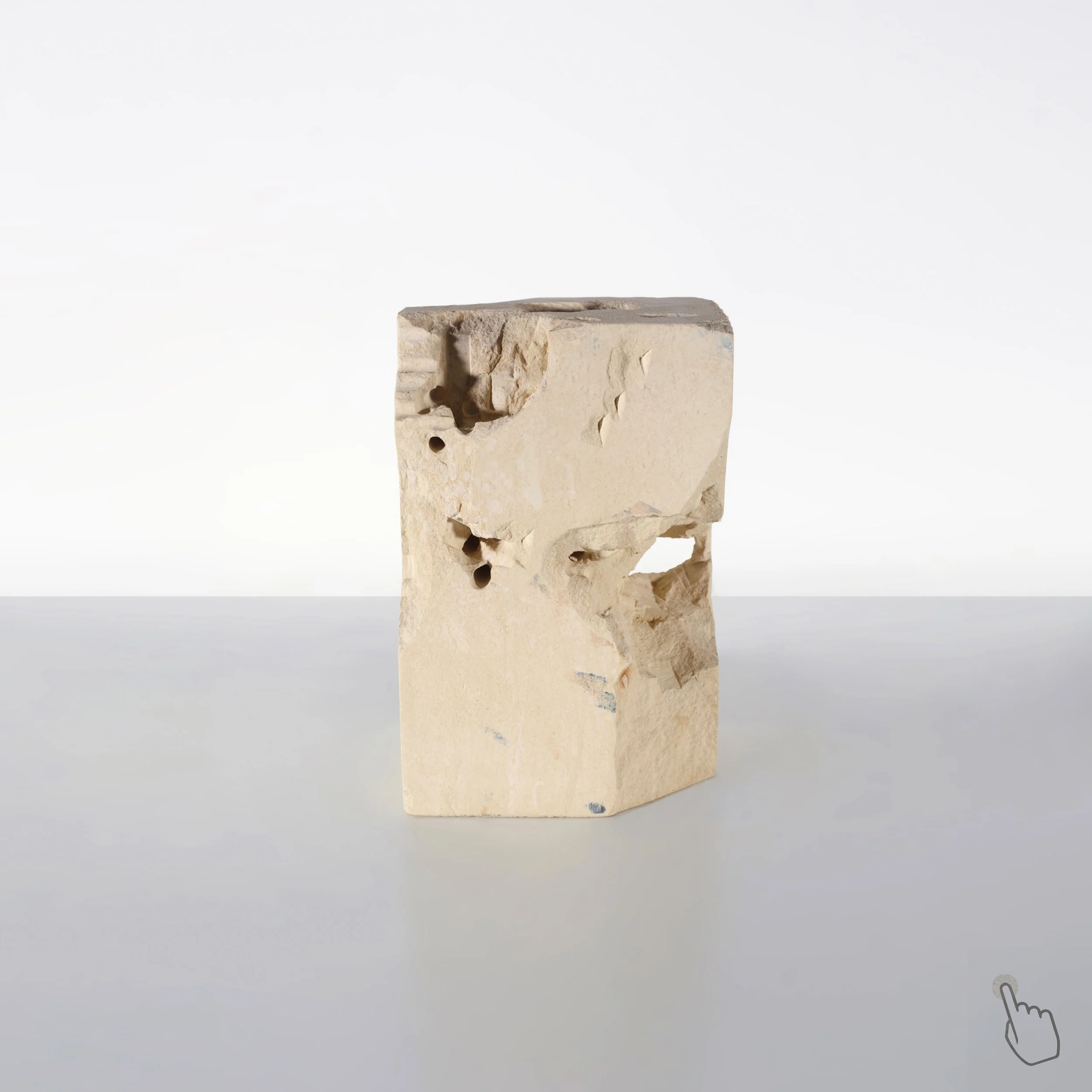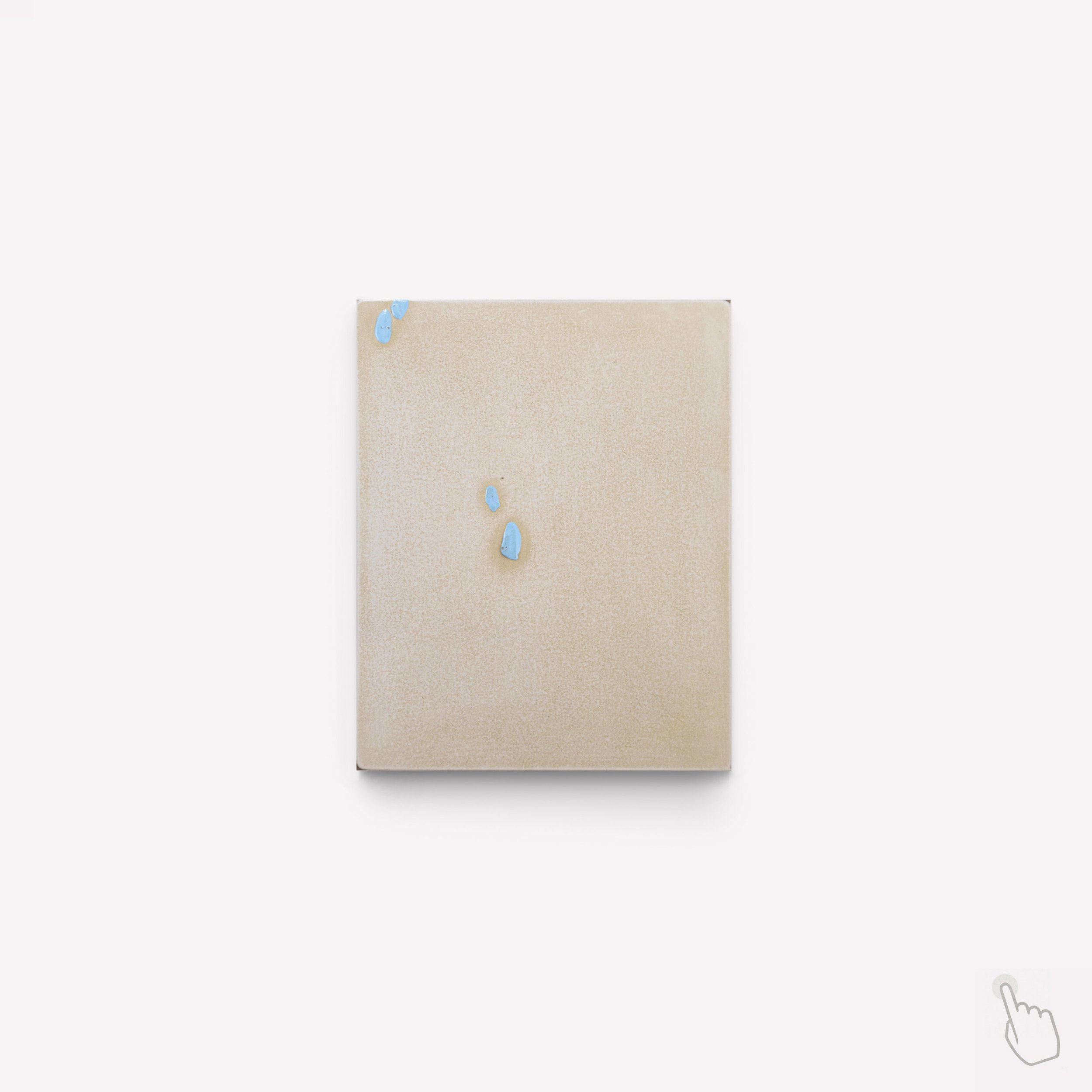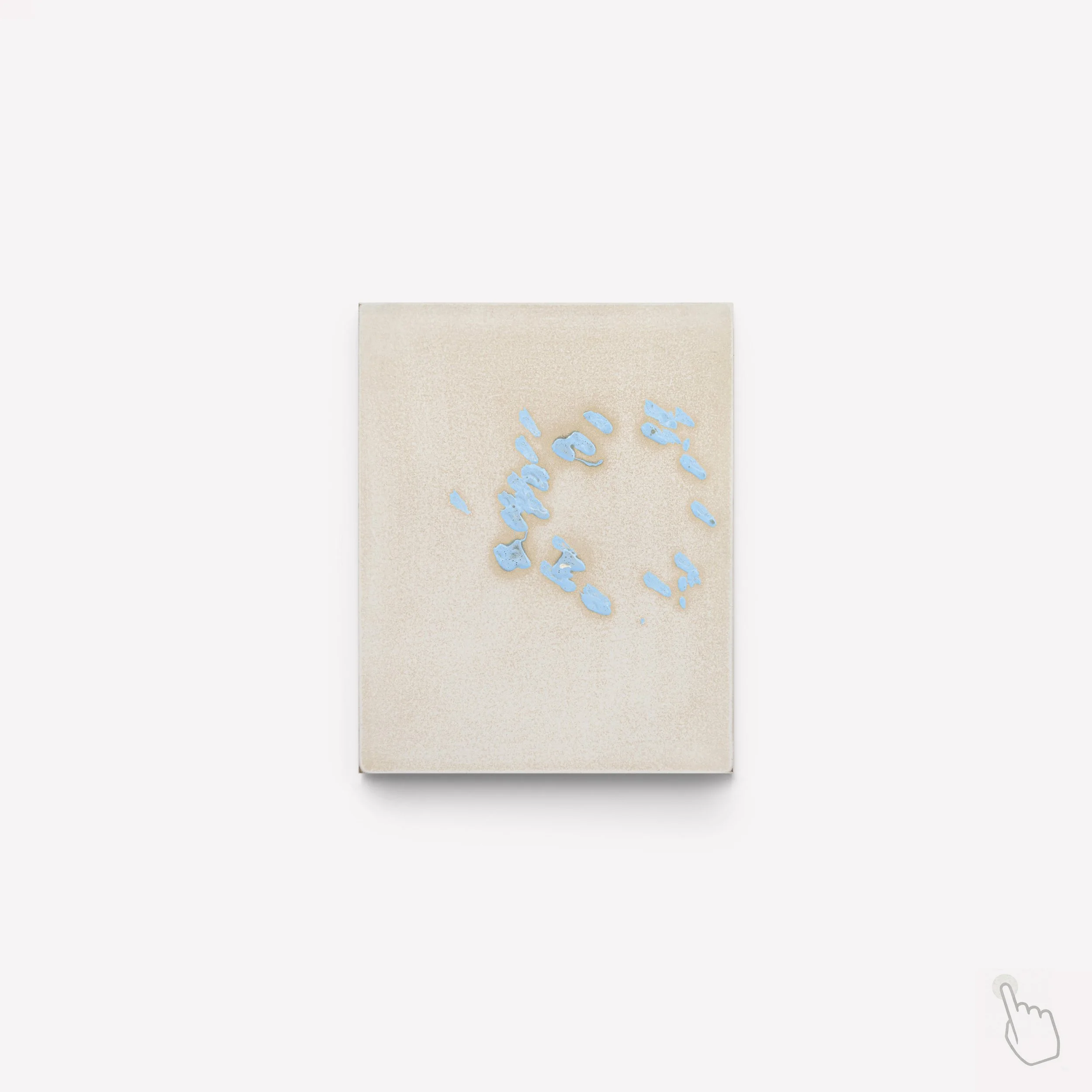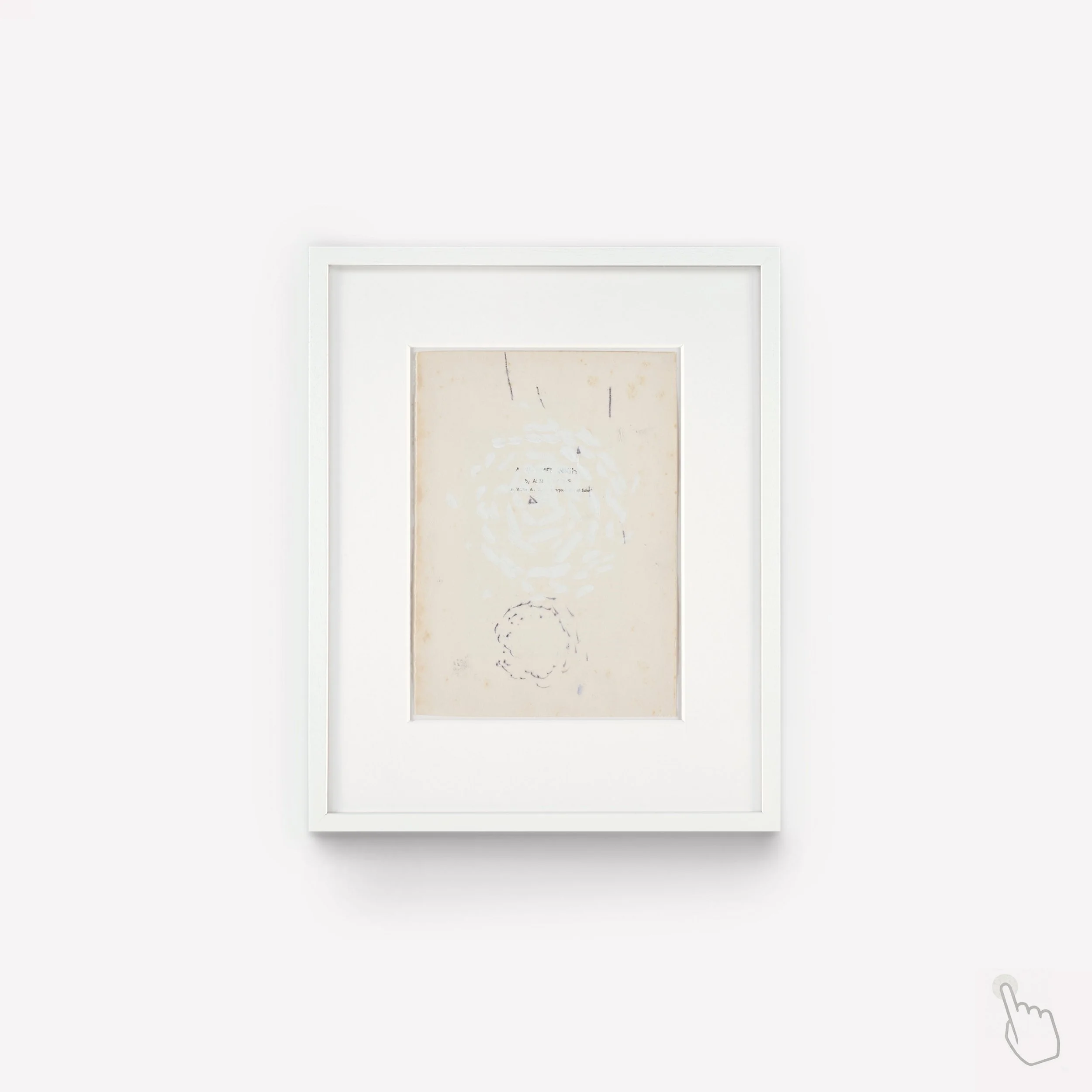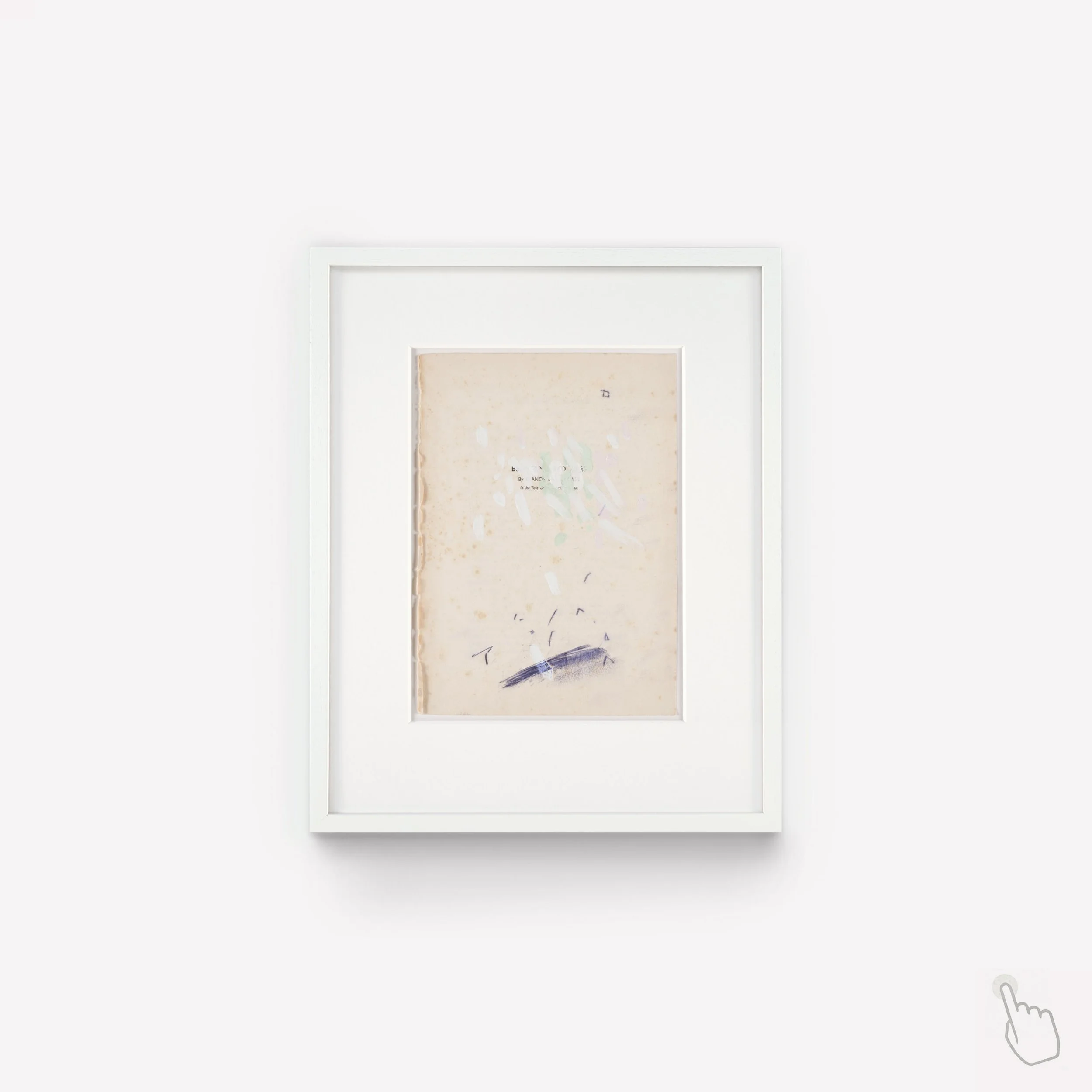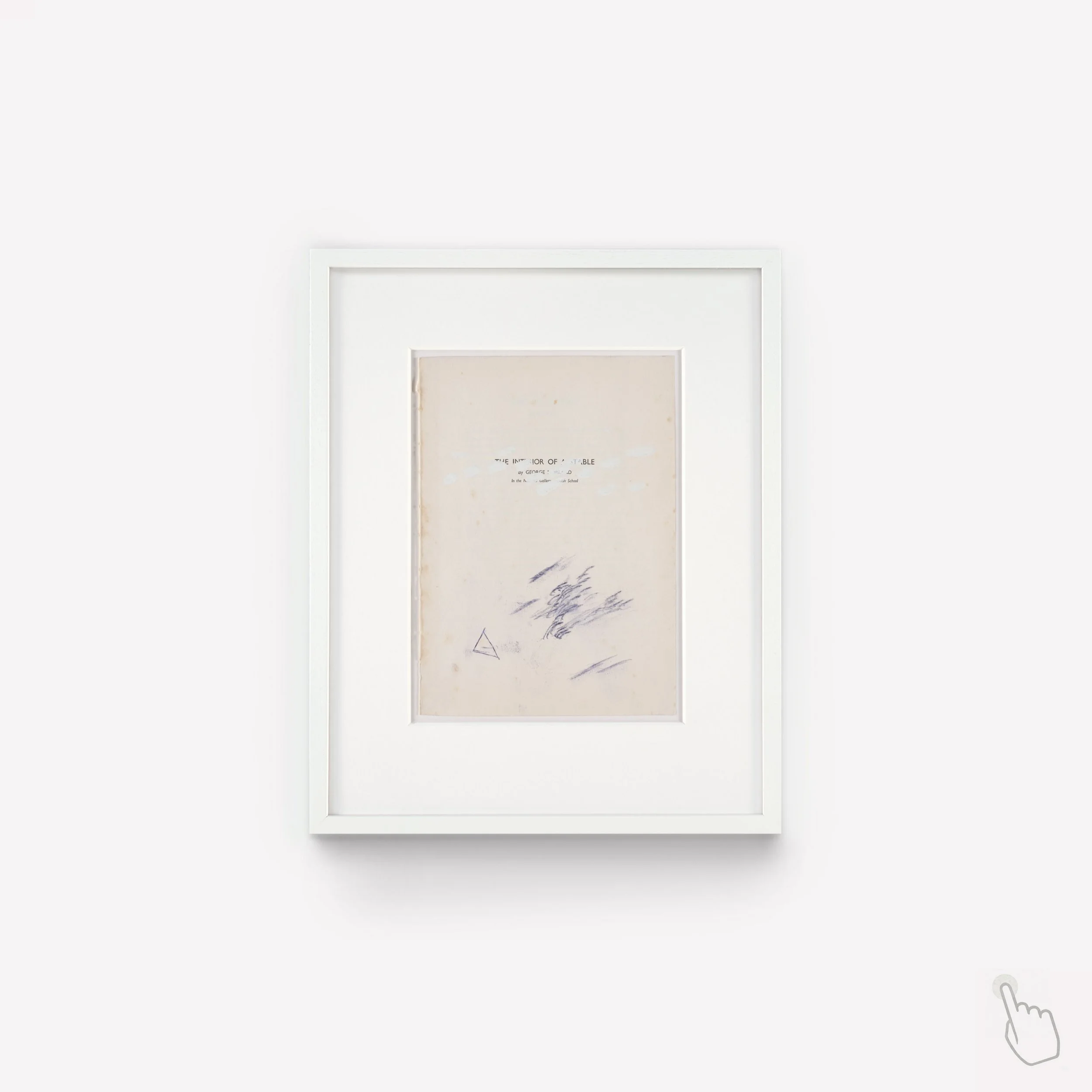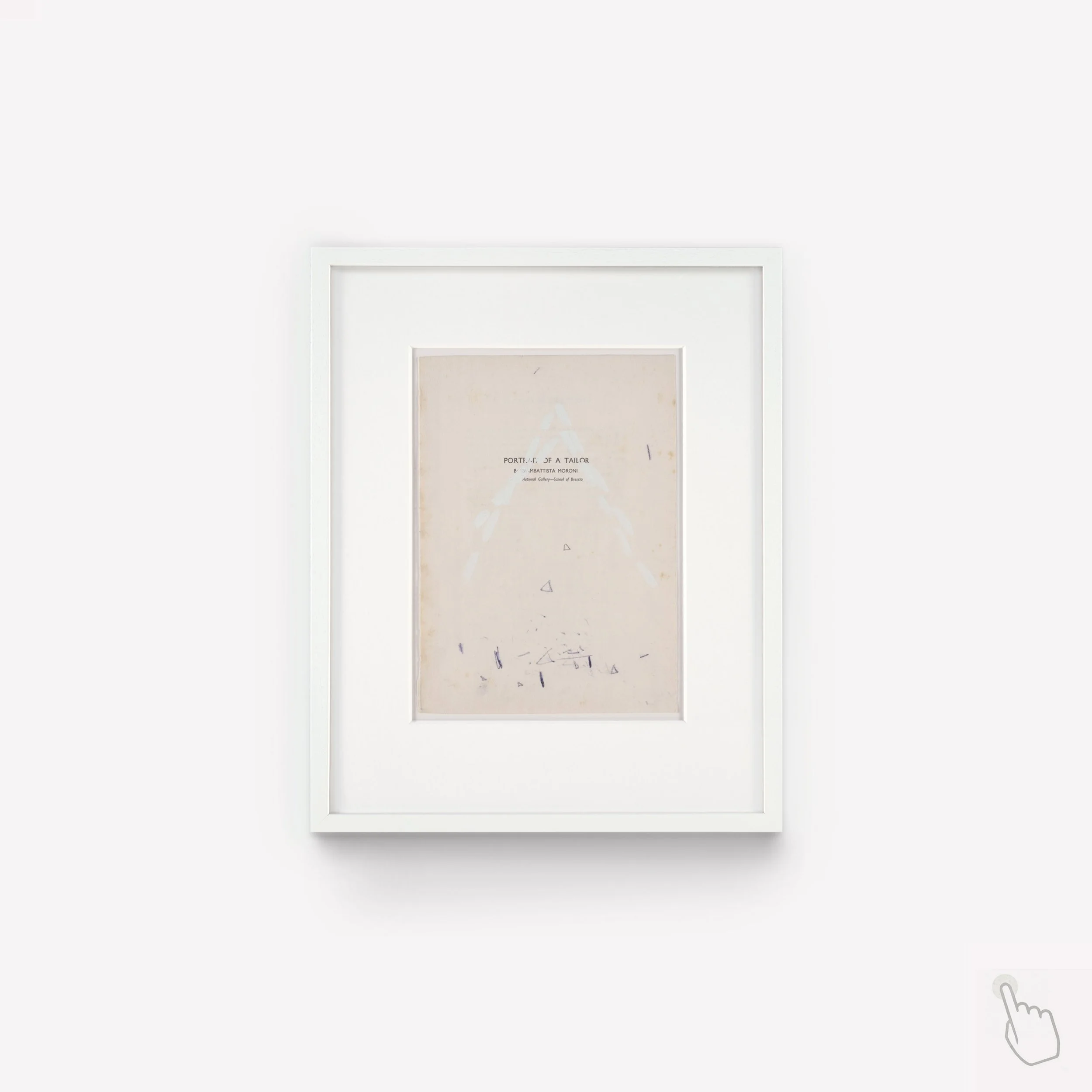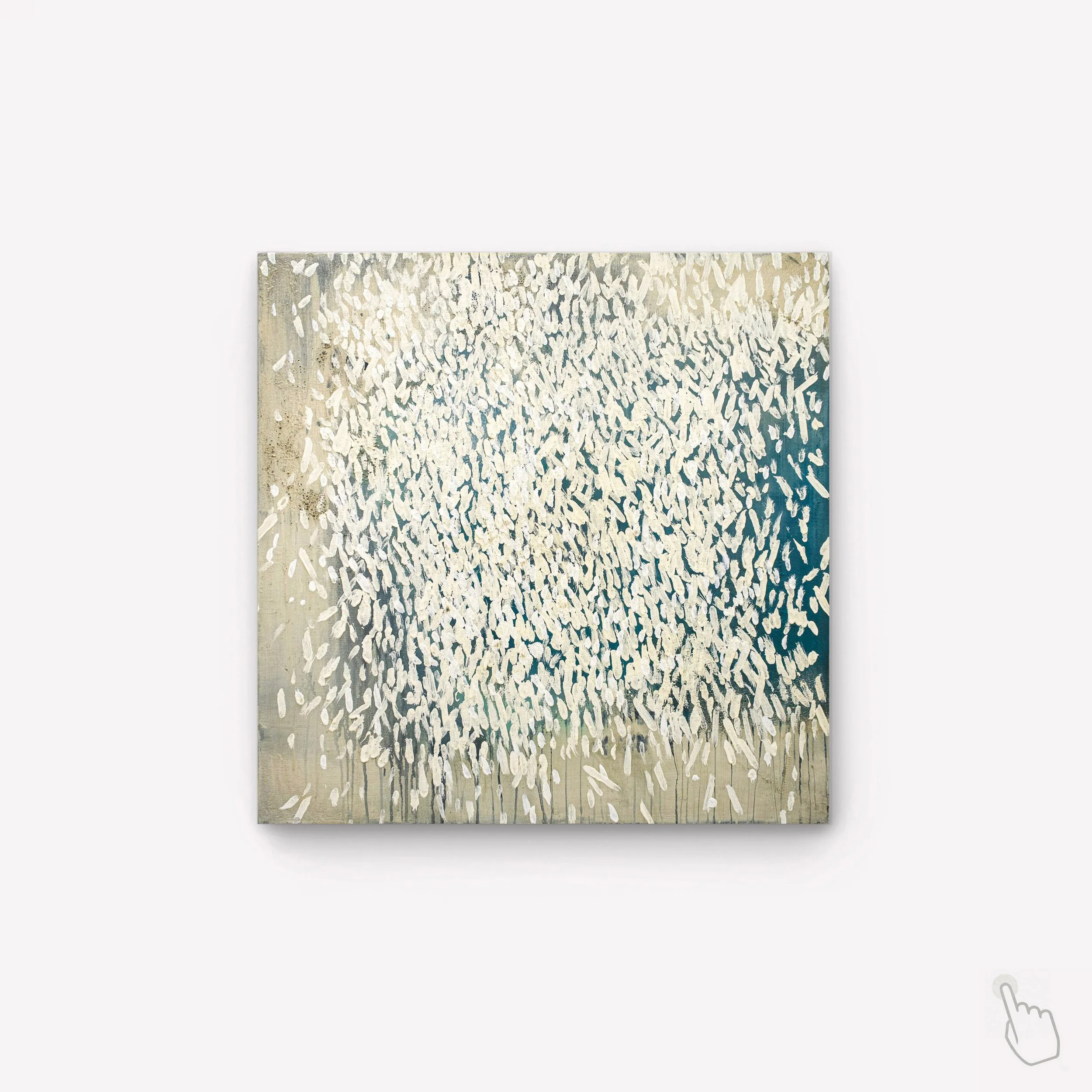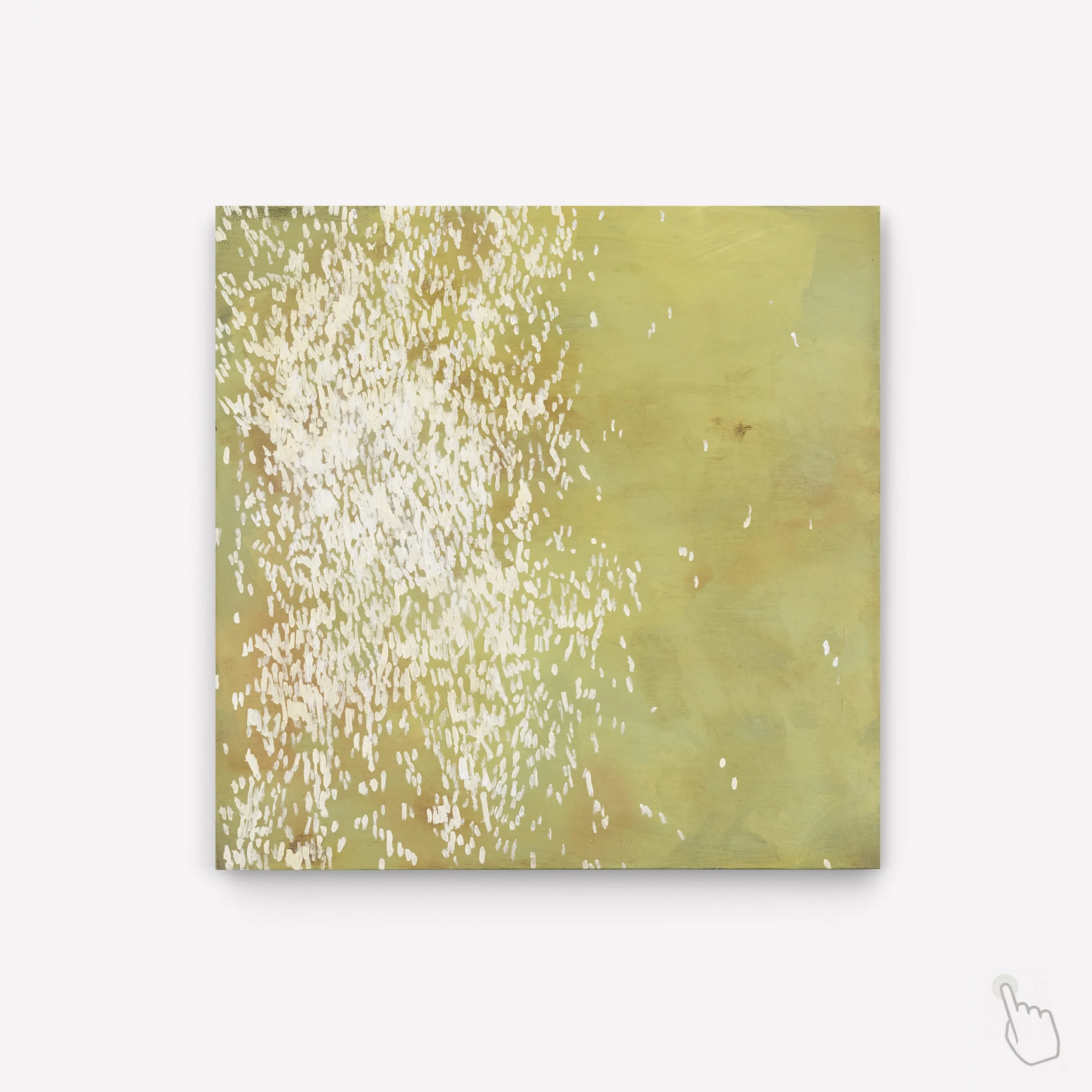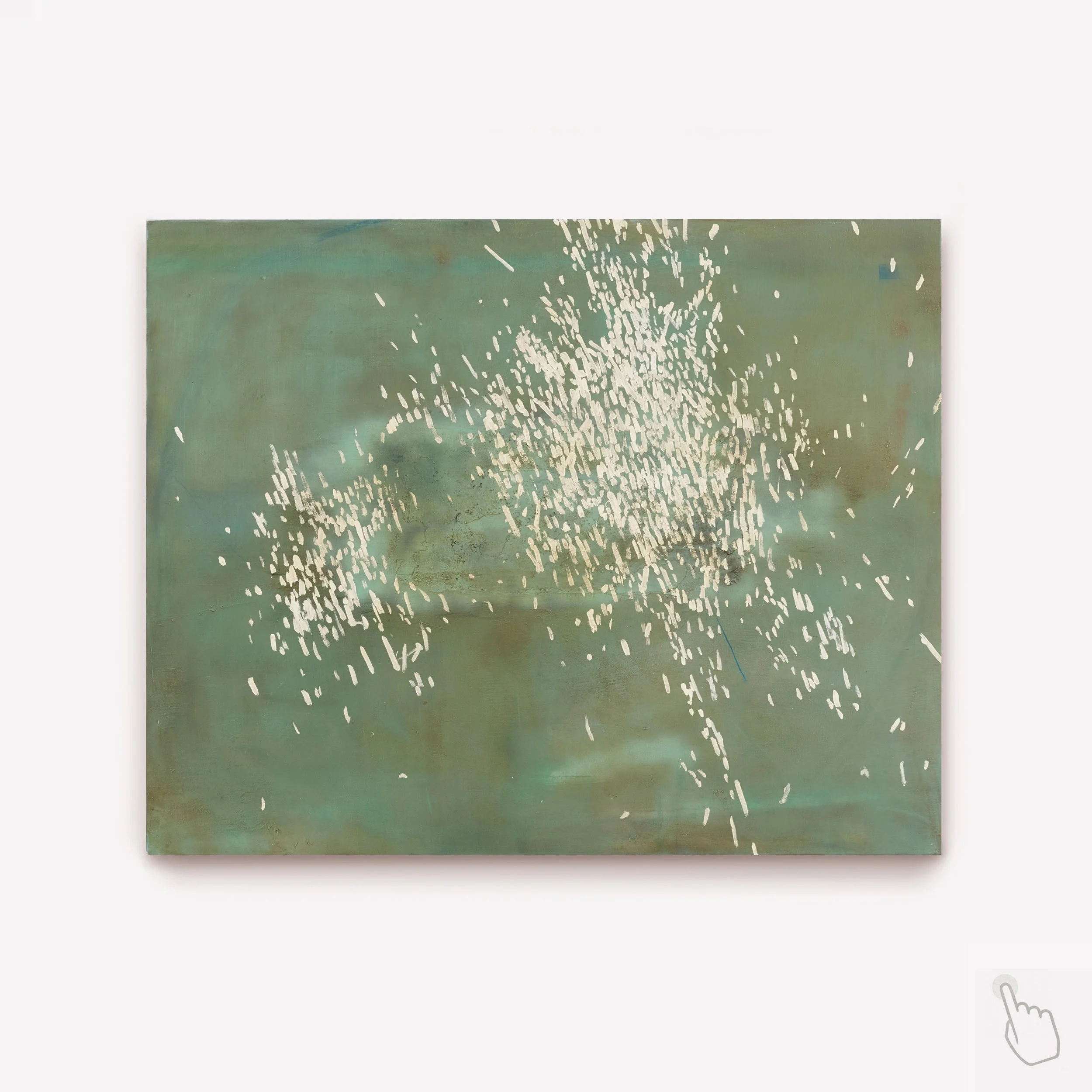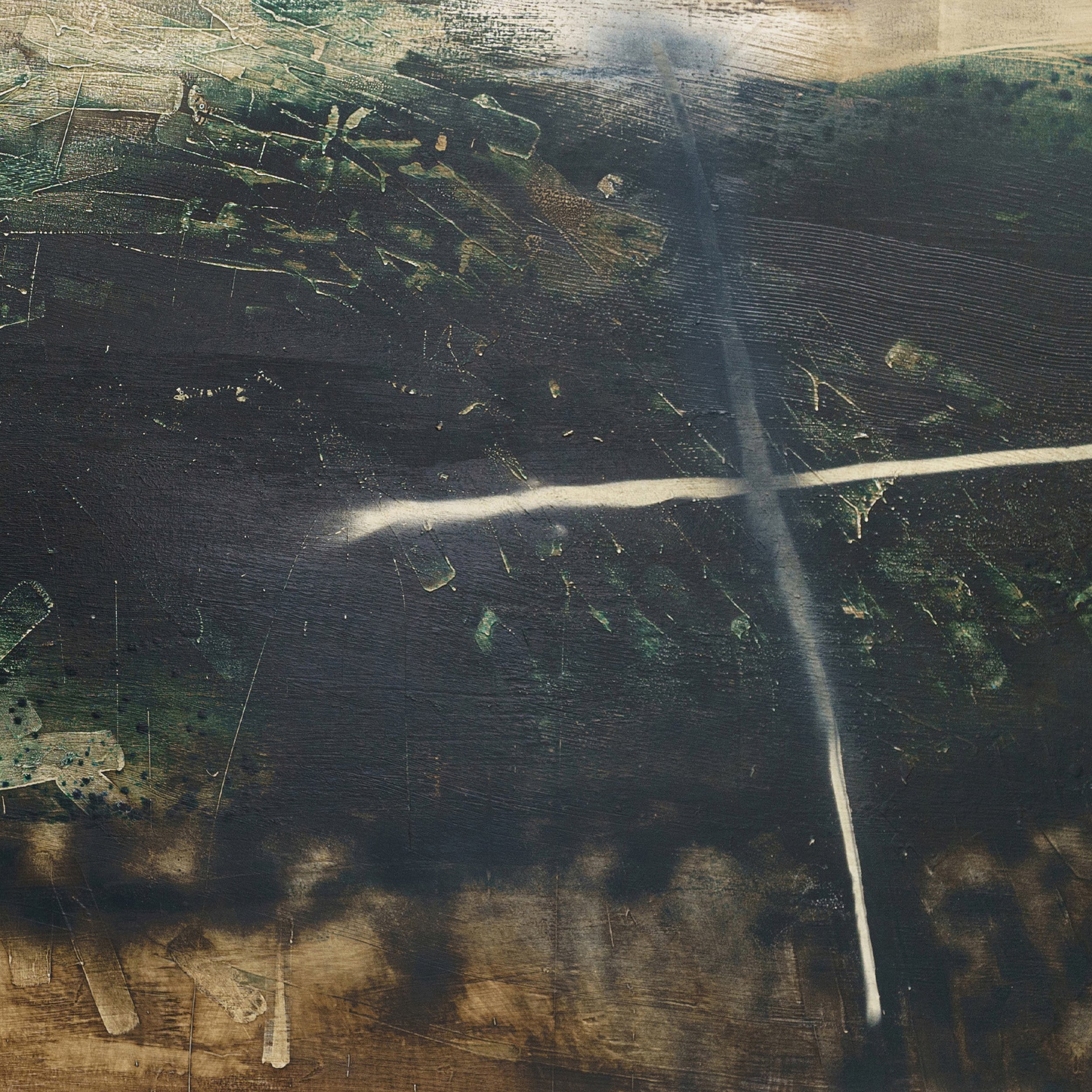
EXHIBITION DATES : In person and online from 4/4 – 17/5
TO DOWNLOAD PRESS RELEASE : click here
INTRODUCTION :
Read more/less
For Sam Lock. the laying down, or indeed with this body of work, the chiselling of an independent mark, is both a solitary event and part of a wider interconnected process. Lock is interested inthe making of marks that communicate both instantly and slowly through a filling up and emptying of space and surface. The collective of these traces become a palimpsest. The making of marks is a meditation on the continual flow and movement that exists both around and within, transferred to material through gesture, which then becomes transferred once again into a poetic and meditative form of communication. Each mark is not made with a fixed system or process in mind, but through an energy that embraces both flux, chance and intuition, in a manner that is both organic and unscripted, following its own path until there is balance or unity.
For Lock this balance or unity perhaps has something to do with presence or activity coalescing with space or absence, where moments of noise are poised alongside moments of silence. This exhibition is marked by its inclusion of recent limestone block sculpture where this presence / absence is represented through gouged marks alongside the physical removal of matter. Where Lock describes “what is left tells the story of its unmaking”, stopping only when the form becomes poignant in some way.
Another feature of the exhibition are the delicate and sensitive works on book covers and book pages. The source material becomes a starting point that already murmurs about its past, patinated with age related marks and history and providing a context to shift and move on from. The book covers shown on shelf displays, connect to create variable sequences. An unknown story with endless possible variations or forms, reminiscent of what Seamus Heaney once called “The music of what happens”. The framed book page works have a title at their centre (pages from deconstructed books of ‘The World’s Greatest Paintings’), which refers to an image from which they have now become lost or separate. Lock’s marks obscure their former purpose and paint a different future albeit traced from and connected to its past.
Perhaps most aesthetically redolent of the title of the exhibition are the larger scale incredibly immersive paintings in mixed media on canvas. Mark upon mark, becomes a murmuration of events symbolising what Lock has previously called “a forest of memory”. As he also previously stated “The present is everything, as it is where all of our actions exist, but it has no fixed form – instead moving and shaping itself exactly in the non-existent space between the future and the past… The artworks are a monument and marker to the ever present, present moment, helping to give a physicality to all that is fleeting.”
This mighty and extensive exhibition is a hymn to the unknowing interconnection between all action and reaction. We live in a day an age where the stakes of this fact are oh so very worryingly high. As Alan Watts once wrote “...everything in nature depends on everything else. So it’s interconnected. And so the many many patterns of interconnections lock it all together into a unity, which is, however, much too complicated for us to think about, except in very very simple crude ways. But I am part of all this. I am, as it were, one of the cells in this tremendous brain, which I can’t understand because the part can’t comprehend the whole.”
As with each individual starling in the swooping liquid sky, we must attempt to go about our business with purpose, love, hope and positivity, and as with the flap of a butterflies wings, have faith that there are repercussions which may well help to create a shift in the wider flow of the flock.
Joseph Clarke, 2025
ONLINE CATALOGUE :
“To breathe! O poem unseen!
Pure space, endlessly exchanged
for one’s own being.
A counterweight,
where I take shape - becoming rhythm.
Lone wave,
whose slow-unfolding sea I am;
the most sparing of all possible oceans -
An ever-widening expanse.
How many of these places in space
have already been within?
So many winds
are like a son to me.
Do you know me, air -
Still full of places once mine?
You, once smooth bark,
curve and leaf of my words.
”
EXHIBITION ARTWORKS (CLICK FOR FULL DETAILS) :
BIOGRAPHY :
Sam Lock was born in London and now lives and works near Brighton, UK with his studio in a converted industrial unit further up the coast. Lock studied at Edinburgh College of Art and Edinburgh University, graduating in 1997 with MA’s in both Fine Art and Art History. During his training, he won a scholarship to travel to Rome, and explore the relationship between history, archaeology and the processes of painting, a preoccupation which still forms the conceptual basis that underpins his practice. Lock has exhibited internationally and works can be found in many private collections around the world.
